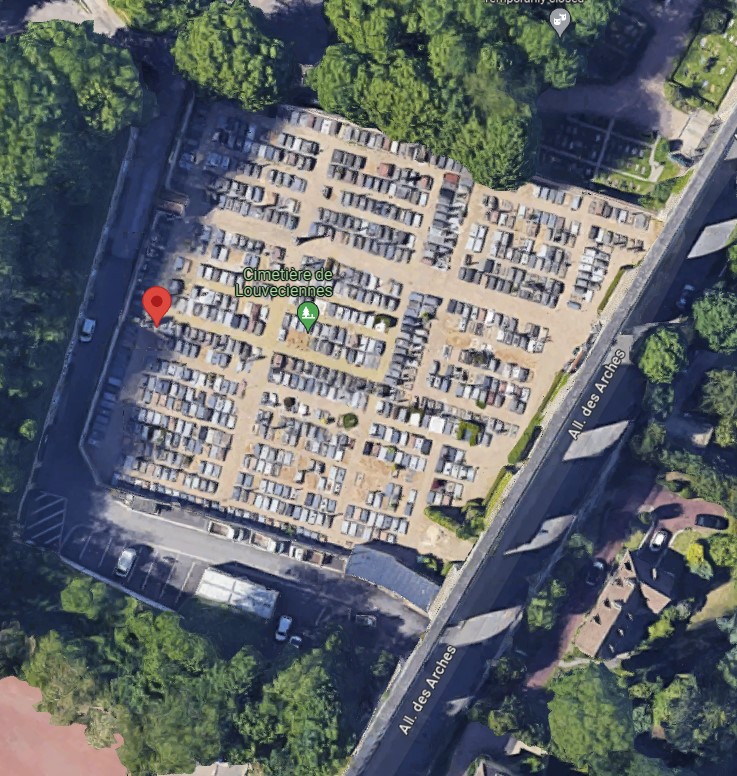Élisabeth Vigée Le Brun
Fun Fact
In her later years, Madame Le Brun spent most of her time in Louveciennes, France typically eight months of the year. She formed new friendships with people including the writer and man of letters M. de Briffaut, the playwright M. Despré, the writer M. Louis Aimé-Martin, the composer M. Désaugiers, the painter and antiquarian Comte de Forbin, and the famous painter Antoine-Jean Gros. She hosted these people and socialized with them regularly in her countryside home or in Paris, as well as her old friend the Princess Kourakin.
Cemetery Information:
Final Resting Place:
Cimetière de Louveciennes
All. des Arches
Louveciennes, , 78430
France
Europe
Map:

Grave Location:
Division 3Grave Location Description
As you enter the cemetery under the historic arches, walk straight ahead to the last section on your left. Take the last path on the left before the wall and walk about 50 to the final resting place of artist Madame Le Brun.
Grave Location GPS
48.863961, 2.109450Visiting The Grave:
Photos:
FAQ's
Read More About Élisabeth Vigée Le Brun:
- Wikipedia Entry
- Serial Self-Portraits in the Work of Elisabeth Vigee Le Brun
- Chateau Versailles: Élisabeth Vigée Le Brun
- Élisabeth Louise Vigée Le Brun - from Rococo to Revolution
- The Art Story: Elisabeth Louise Vigée Le Brun
- The Volatile Saga behind Elisabeth-Louise Vigée Le Brun's Portrait of India's Ambassador to France
- Marie-Antoinette’s favourite painter - Élisabeth Vigée Le Brun found fame as portraitist of France’s ancien régime







